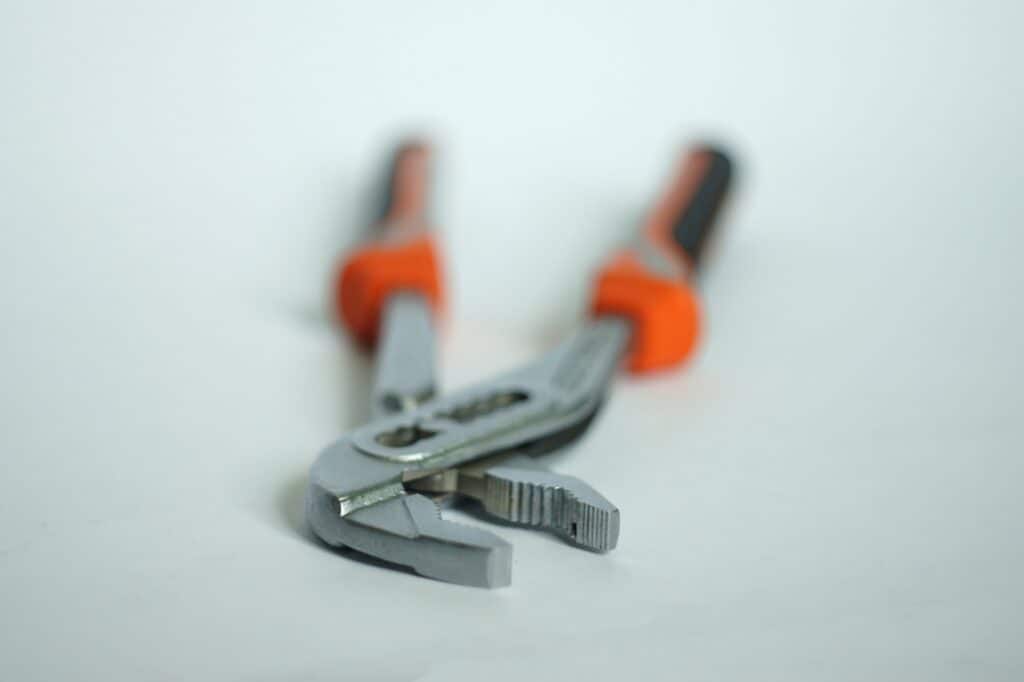Hand tools
8 Essential Tips for Using Pliers Effectively

By understanding how to use pliers, you can elevate your work’s quality and efficiency.
In the realm of hand tools, where force meets finesse, pliers hold a place of honor. These versatile tools, with their gripping jaws and metal teeth, are a staple in any toolbox, from the seasoned professional’s to the home DIY enthusiast’s. Despite their apparent simplicity, effective use of pliers requires insight into their varied types, functionalities, and safety protocols. Whether you’re twisting, turning, cutting, or gripping, enhancing your plier proficiency can transform your approach to numerous tasks. Here, we delve into essential tips for using pliers effectively, ensuring you can wield them safely, efficiently, and with the precision your projects demand.
1. Knowing Your Pliers: The Right Tool for the Job
First and foremost, recognize that not all pliers are created equal. The market offers a range of pliers, each tailored for specific tasks:
Standard Slip-Joint Pliers: Ideal for gripping and bending hardware.
Long Nose or Needle Nose Pliers: Perfect for reaching into tight spaces and working with wires.
Wire Strippers: Designed for stripping the insulation from electric wires.
Tongue-and-Groove Pliers: A versatile tool for gripping larger nuts and bolts or when more torque is required.
Diagonal Pliers: The go-to tool for cutting wires and removing pins or nails.
Using the correct type of pliers not only makes the task easier but also prevents damage to the tool or materials. Therefore, identifying the appropriate plier for your project is paramount.
2. Grip and Posture: The Foundation of Effective Use
How you hold pliers greatly impacts your control over the tool. For optimal grip, place your hand around the pliers’ handles, ensuring your palm applies pressure to one side and your fingers to the other. This grip gives you a balance of strength and stability, allowing for precision in your movements.
Your posture, too, can influence effectiveness. Stand or sit straight, aligning yourself with the action you intend to perform. This alignment provides balance, ensuring you can apply force evenly and maintain control if the pliers slip or the resistance changes.
3. Cutting with Precision: Technique Matters
When using pliers for cutting, such as diagonal pliers or wire cutters, the approach is crucial. Position the wire perpendicularly within the jaws, close to the plier’s hinge where the cutting strength is greatest. Squeeze the handles firmly and steadily, allowing the cutting edges to shear through the material cleanly. Avoid twisting or pulling pliers when cutting, as this can damage the tool and the material, and potentially lead to injuries.
4. Safety First: Protecting Yourself and Your Project
Plier use comes with its set of hazards, from flying materials to hand injuries. Wearing safety glasses is advisable to shield your eyes from any material that may spring loose while cutting or twisting. Additionally, if you’re working with sharp materials, sturdy gloves can prevent cuts and punctures.
Respect your tools by using them for their intended purposes only. Using pliers as a hammer, pry bar, or wrench can damage their jaws, compromise their effectiveness, and risk your safety.
5. The Nuances of Twisting and Bending
Twisting wires or bending metal strips requires a delicate touch. Needle-nose pliers, for instance, are perfect for this task due to their slender jaws granting precise control. When twisting, grip the wire close to the base with your pliers, and rotate your wrist slowly and steadily, avoiding abrupt motions that can weaken the material. If a bend is required, use the plier’s corner as a makeshift fulcrum, applying even pressure for a clean fold.
6. Maintenance for Longevity: Keep Your Pliers in Prime Condition
Properly maintained pliers provide better service. Regularly clean the jaws and joint to prevent grit build-up that can impair function. A drop of oil in the joint area ensures smooth operation, and a quick inspection can catch any signs of wear or alignment issues. Also, store your pliers in a dry place to prevent rust, which can compromise both function and safety.
7. Mastering Advanced Techniques: Pliers Aren’t Just for Gripping
With experience, you’ll find pliers useful for tasks beyond gripping, twisting, and cutting. For instance, you can use the back of the jaws as a makeshift anvil for gently flattening or shaping materials. Needle-nose pliers can assist in creating loops in wires for jewelry or electrical work, demonstrating their versatility.
8. Respect the Limits: Understanding Plier Capabilities
Finally, acknowledge that pliers have their limitations. Applying too much force can damage the jaws, leading to slippage or misalignment. If a bolt is too tight, for example, it’s better to use a wrench rather than risk damaging your pliers. Knowing when not to use pliers is as important as using them correctly.
Conclusion: Elevating Your Craft with Plier Proficiency
Pliers, in their myriad forms, are an extension of your craft, whether you’re a professional electrician, a jeweler, or an at-home DIY aficionado. By understanding and respecting the various types of pliers, mastering the grip and technique, prioritizing safety, and maintaining your tools, you can elevate your work’s quality and efficiency.
In honing these skills, you transform a simple tool into an instrument of precision and versatility. So, the next time you reach for those familiar handles and sturdy jaws, remember: with the right knowledge and respect, your pliers can become the key to a job well done, a problem smoothly solved, or a creation beautifully crafted.
More reading
Choosing the Right Screwdriver for the Job